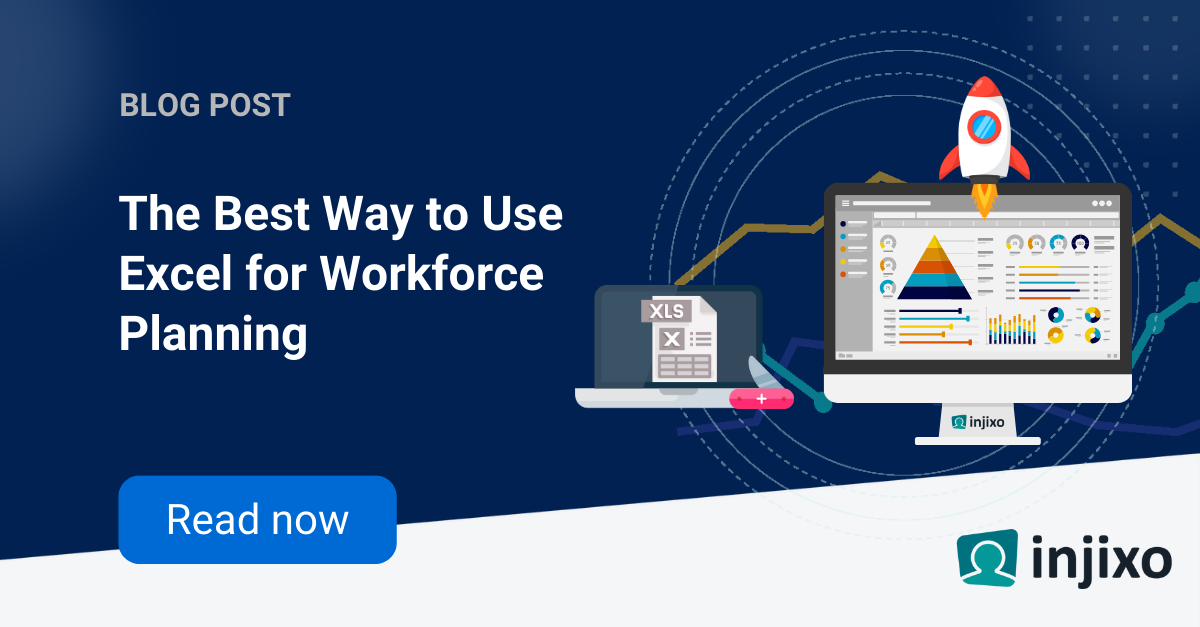Scheduling is one of the most challenging functions in a contact center. There are a lot of opinions about what makes schedules “correct.” Scheduling can also be very technical depending on your workforce management (WFM) technology.
The key to successful scheduling is to get input from employees and customers. Then, to strike the balance appropriate for your business...
Leadership should, of course, direct the balance. But, if you're not getting clear direction, you may want to start a conversation by understanding your stakeholders’ needs.
First, look at scheduling from your employees’ perspective.
Employees are the recipients of the schedules and an important stakeholder. The quality of the schedules impacts their lives. Some employees earn variable compensation based on productivity. In this situation, the schedule plays a role on the employees’ ability to earn what they need to support their families.
How much time and energy goes into considering when the employees want to work? If your answer to this is “little to none,” you should give this more attention. The employees who take the calls are the lifeblood of the operations. Creating great schedules for them helps to reduce attrition and keep performance high in your contact center. To learn more, check out our blog post about reasons contact center staff leave or stay.
Here is an example of what happens in a typical contact center:
Sally is assigned a schedule of 8:00 am – 4:30 pm. For personal reasons, she can’t work beyond 3:30 pm. Because the system assigns this schedule to her (either randomly or by her seniority/ranking), she has the following choices:
- work this schedule,
- ask for an exception,
- or find another job.
Scheduling that understands tradeoffs
Are these the only 3 options for this employee? How about WFM that looks at the schedule and determines coverage for the critical times?
It’s very possible that the system actually needed coverage from 10 am – 2 pm because of call volume. When it chooses where to put the rest of the hours (to fill out an 8 hour shift), it took the times that were best. In isolation, that makes sense. But when you weigh a small increase in occupancy to the value of employee satisfaction and keeping your strong employees, you may make another decision.
>> Learn about how to measure schedule efficiency in a call center
An approach that considers the needs of employees takes more time and effort from workforce management. But it’s worth it. It may not show up in your WFM-specific metrics, but can be a huge value-add to support the business.
Nobody else is able to stack up the cost-benefit of this like workforce management. A team leader can only look at the employee value. A manager or director looks at employee value and expected customer value (as an extension of employee satisfaction). WFM has access to the data that allows leadership to make an informed, data-driven tradeoff decision.
Next, understand your customers’ needs.

They are the ones that keep you in business. How do you figure in their voice into the process? First, you have to put yourself into a customer's shoes. When you call into a contact center, what do you want and expect?
If you call in for technical support, you may be willing and prepared to wait. You don’t have a lot of options, so you accept it. If you are calling in to buy something and can’t get through, you consider taking your money elsewhere to spend. If a company isn't willing to answer the phone, then I’m sure their competitor is!
If you call in for customer service and can’t get through, you may not be able to immediately quit the product. You may not recommend the product to a friend or family member though. That organization will have a longer-term loss.
Your customers will react the same way you do. You have to step back from your job planning the call center. Look at numbers and see it through their lens. One of the best things you can provide to your customers is consistency. Whether you know it or not, how quickly and how consistently your agents answer the phones sets your customers’ expectations.
Consider this:
- Call Center A has a target of 80/20, but has run at 95/20 for the past year due to overstaffing.
- Call Center B has a target of 70/20, but has run at 65/20 for the past year due to understaffing.
If both call centers start performing at target, which customers do you think will feel a positive impact? Most likely, it will be Call Center B… the one that’s running at a lower service level.
It’s because the customers have gotten accustomed to waiting longer. Now, a higher percent of them get through in 20 seconds. In Call Center A, there is a significant degrade to the percent of customers getting through in 20 seconds.
Use Customer Satisfaction Scores
To access how your customers feel about your scheduling, you'll have to ask for their feedback. Use your customer satisfaction scores. Look to build a correlation between your customer satisfaction scores and your service level or average speed of answer (ASA) actual performance.
See where your performance is when you start to get verbal feedback that wait times are too high. Or, if you have a question on the survey that goes to accessibility, find the trigger in your performance that drives that.
Many call centers end up overstaffing themselves because they go with a traditional “80/20" for no reason other than “that’s the way we’ve always done it.”
Conclusion
Workforce management teams don’t always have the luxury to invest time in considering the needs of customers and employees. Often it takes a ton of effort to get the base job done. But if you can afford the time investment, it’s definitely worth it.
Make sure you have the right workforce management technology supporting you. Share the value of this extra time investment with your leadership. If you need to, start small. Show the benefit for your customers or your employees, so you can build a case-study for your company. It’s a great way to get started and help to make your case for the value of your efforts.
Did you find the article interesting and would like to share it with your colleagues? Download the article as a PDF.





